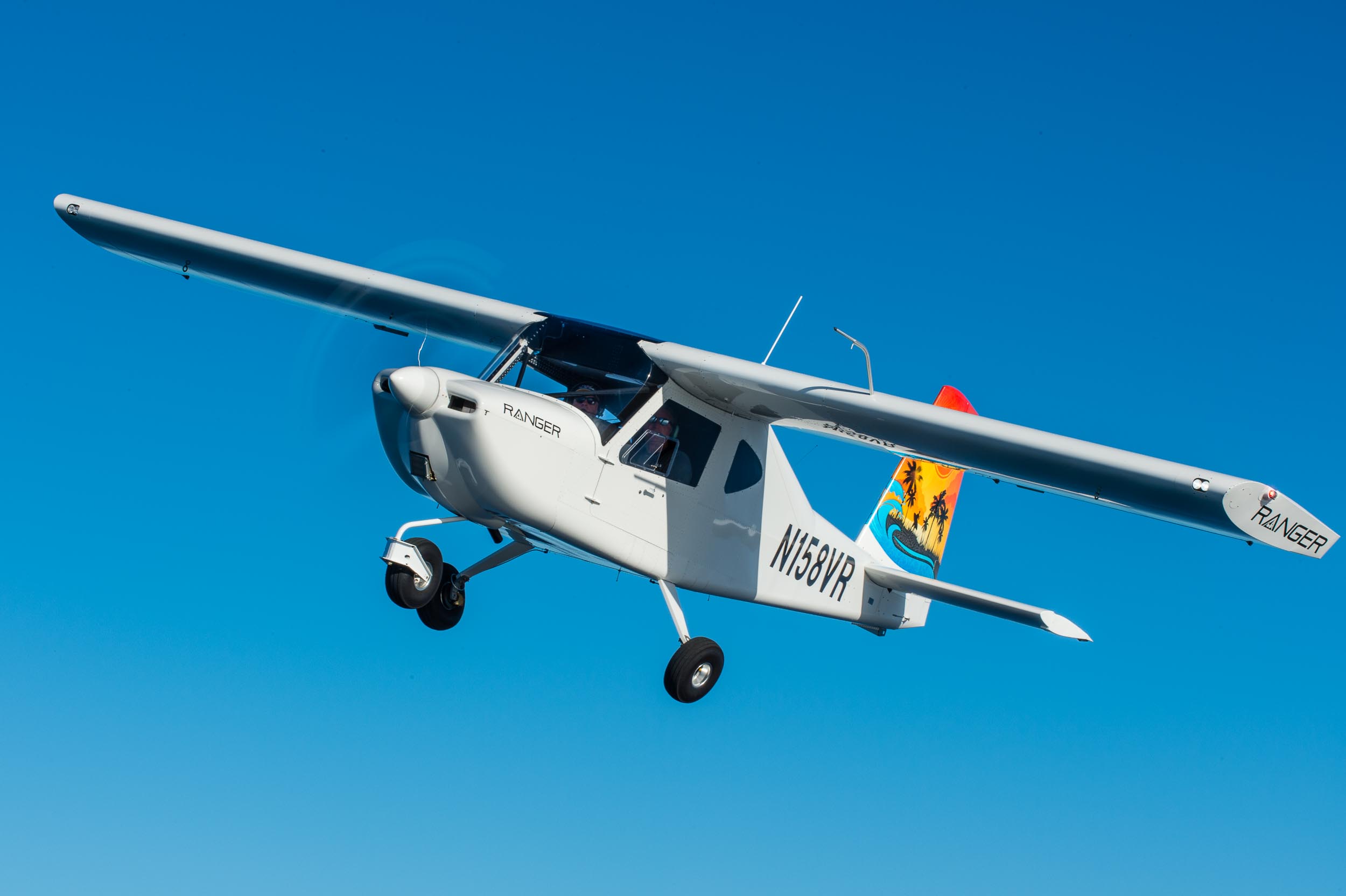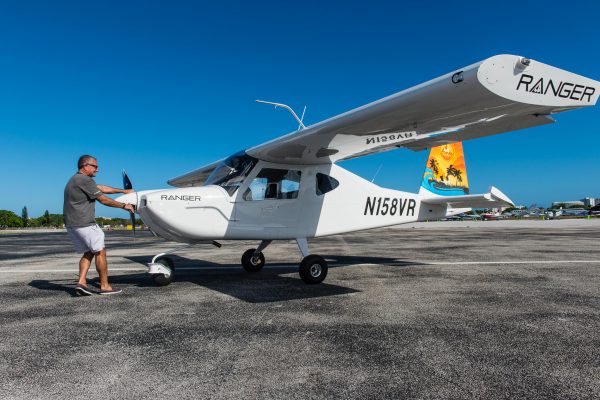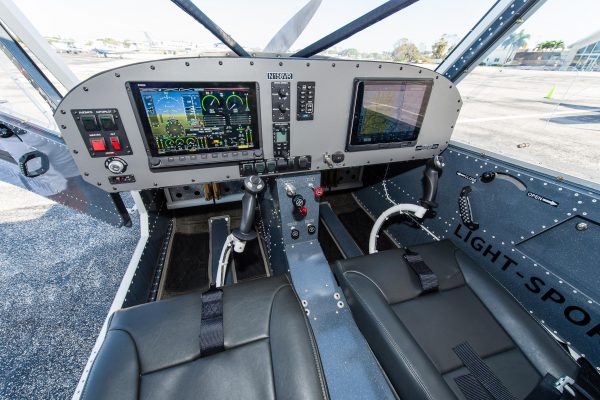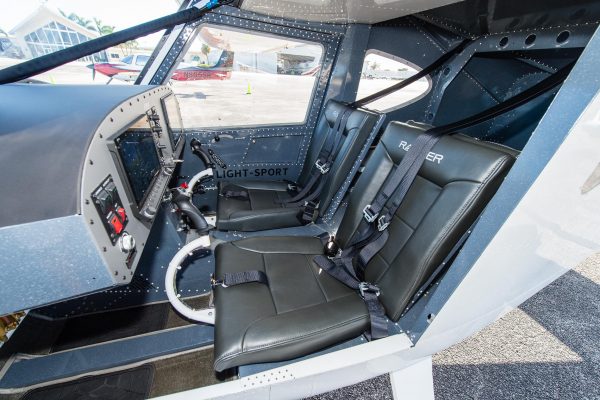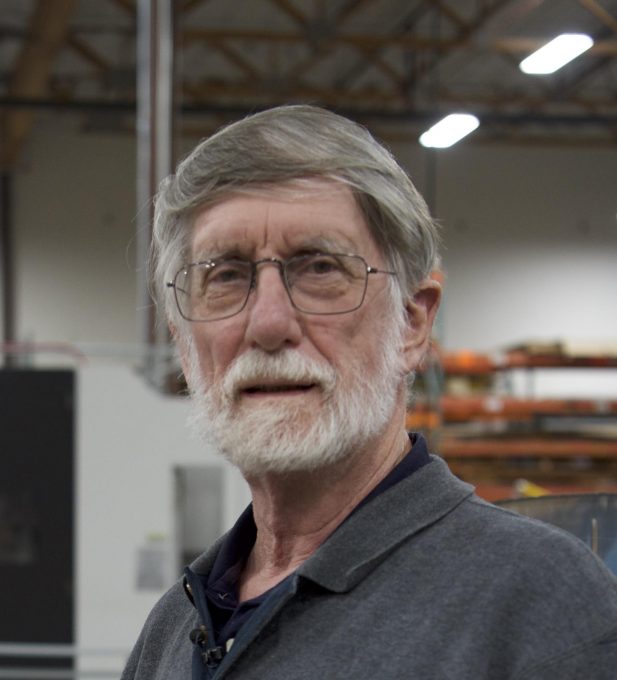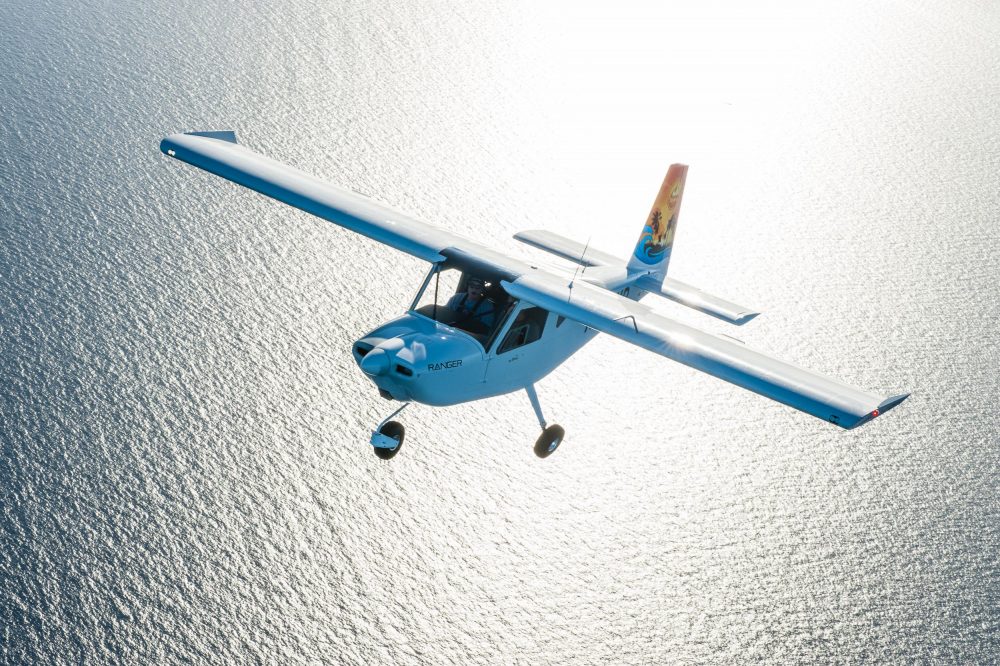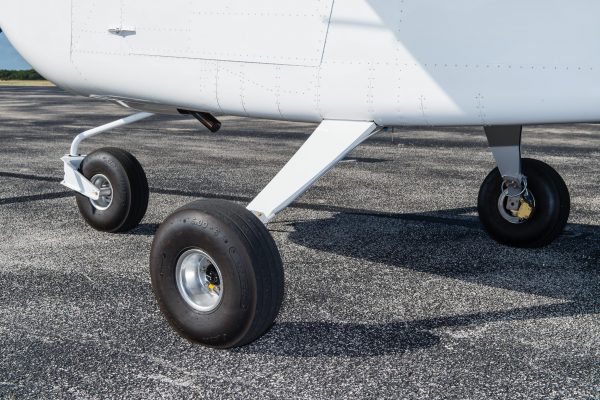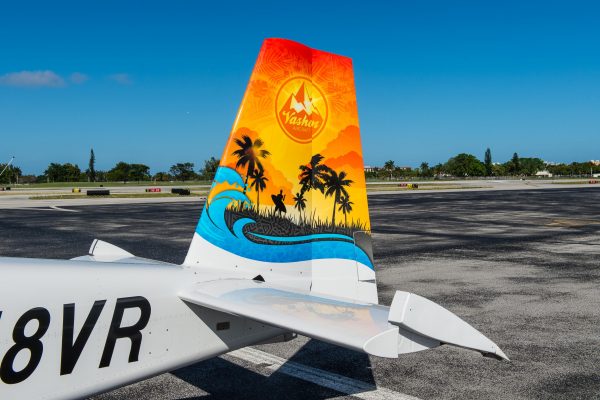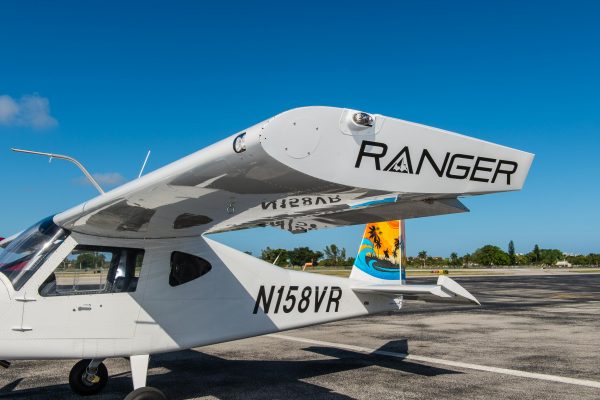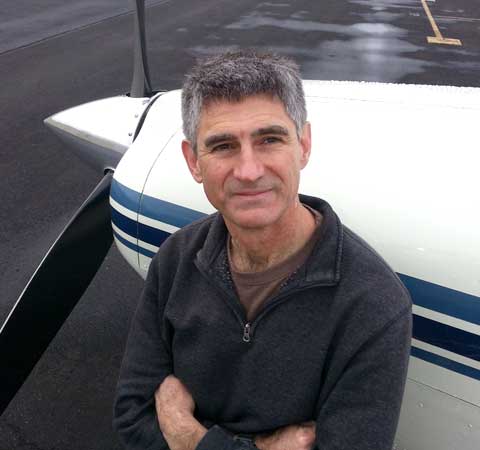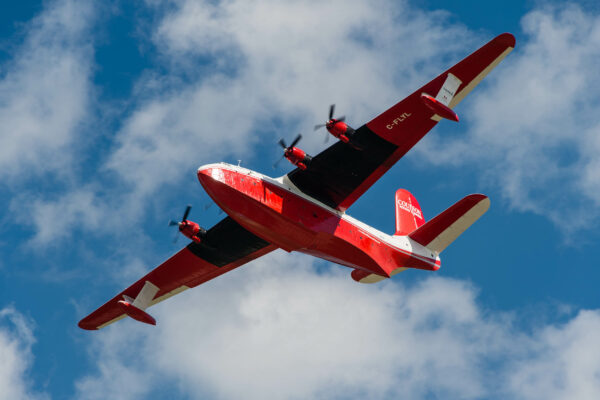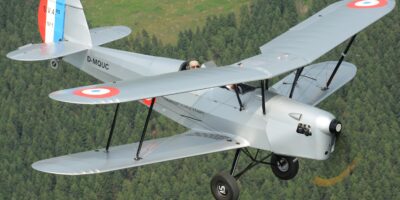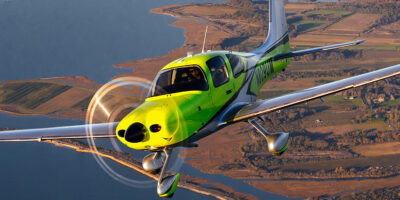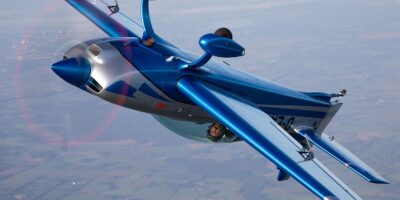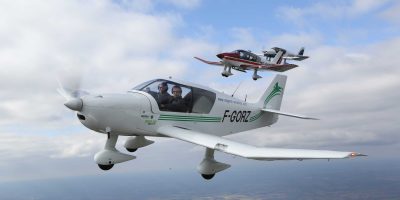Yeah, yeah, yeah, another test of an aeroplane that you can’t buy in the UK or the rest of Europe, I mean what’s the point? Hang on a minute, take those blinkers off, grab a chair and listen up, let’s see if I can persuade you otherwise. This one’s important for a few reasons. For starters it’s the first aircraft to come out of Vashon, the company owned by John Torode, founder and owner of Dynon Avionics – and definitely not the bloke from Masterchef. Then there’s the fact that it was designed by Ken Krueger. Ken spent 17 years at Van’s Aircraft and was the chief engineer on the RV-7, -8, -10, -12 and -14. Van’s (hold that email grammar police, that’s the name of the company) has more aircraft flying than any other kit manufacturer in the world. Ever. If that’s not reason enough there’s the price. The base model, called the Yellowstone, is being sold for just $99,500 and unlike most other base models this one comes equipped with glass (Dynon, obviously), a two-axis autopilot, ADS-B out and all sorts of other features that other manufacturers leave in the options list. When was the last time you saw a fully kitted-out, factory-built, two-seat aircraft being sold for that price? Vashon is based in Woodinville, Washington, in the far north-west of the USA. However, happily for us, early Ranger owner Kurt Bosshardt has his example based in Pompano Beach, Florida, and during our last pre-covid US trip we arranged to meet up and go flying.
I wouldn’t normally lead with the negatives, particularly as I’ve just made a case for it being an important aircraft, but there’s no getting away from it, the Vashon Ranger is not the best looking aircraft on the apron. It’s boxy, it’s got a big tail and a huge up and over windscreen, which from certain angles looks like it’s the love child spawned from a Chris Whitty/Dominic Cummings liaison. If you want to see it at its best you’ll either have to fly when it’s dark, or lay flat on the floor with the front of the aeroplane at your 10 o’clock.
Admittedly, that may not be enough to turn it into a stunner, but it is an improvement. OK, maybe that’s being a little harsh. I have to admit that once you become a little bit more familiar, you start to appreciate the aeroplane in a ‘function over form’ no-nonsense kind of way. If you’re looking for aesthetic positives, I quite like the clean lines you get with a high cantilever wing, and the main gear and chunky 600 x 6 tyres look like they’d not be overly troubled if you took the aeroplane into the backcountry, or even if the wheels occasionally got to the ground before you managed to flare. Its rugged simplicity suggests any long-term relationship would be based on strength of character, long after others have lost their cosmetic beauty.
‘I quite like the function over form non-nonsense kind of way’
To better understand why the Ranger ended up looking like it does, it’s worth going back to its design goals, I spoke to its designer, Ken Krueger (see video) and he explained that a key requirement was that it should be able to be put on floats. It turns out that Vashon (and Dynon) founder John Torode is a bit of a seaplane fan, and so the float thing had to be so (there’s one float-equipped Ranger so far, and it is on the water outside Torode’s house). Although it’s technically possible to have a low-wing seaplane, nobody really does that, hence the high-wing. Most float conversions need to find a way to add tail area, so Krueger built the tail for floats from the outset. In addition the Ranger had to meet the LSA requirements for max weight (50kg more for seaplanes), max stall speed (45kt clean) and max speed in level flight (120kt). There were two other requirements – it had to be able to be manufactured easily so the cost could be kept to below $100,000, a level that was judged affordable to many individuals and flight schools, and it had to be powered by the Continental 0-200-D rather than a Rotax. Say what? Yep, there may be a Rotax in the vast majority of LSAs, but this one was going to have the old-school, newly lightened Continental, which nonetheless is about 20kg heavier. I imagine that the Continental, built in Mobile, Alabama, may appeal more to traditionalists. Mind you, knowing a few of them I’m not sure how they’ll now react to Continental’s Chinese ownership, but I digress, that’s politics and this is about aeroplanes. Let’s just say that it’s tough to build an aeroplane to a weight budget, and I can’t imagine that is any ea


